
Should brands be doing more to help consumers ditch the doom scroll?
With increasing attention on the negative impact of social media on consumers’ mental health, a growing number of brands are advocating for IRL connection.

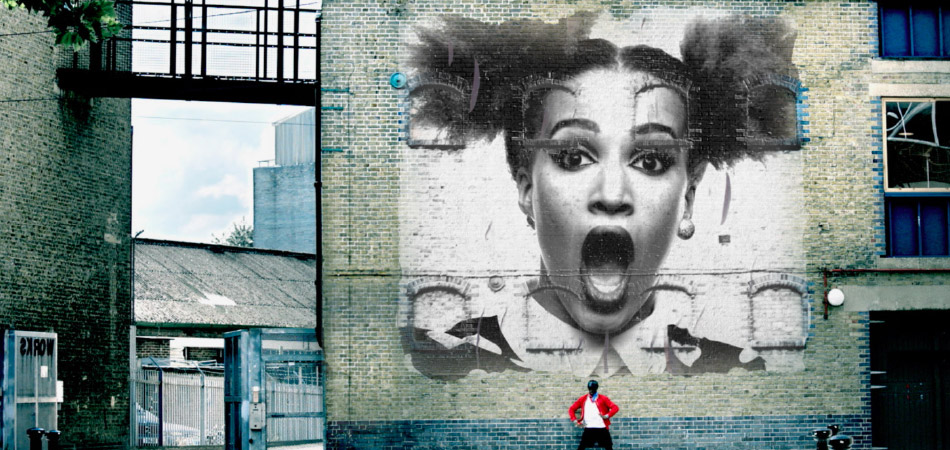
Earlier this year, the #nomakeupselfie craze swarmed social media sites. Almost 1 million women – and men for that matter – posted bare-faced photos of themselves raising over £8m for Cancer Research. It started with a simple tweet from an author who posted a picture in support of Kim Novak, the actress who had recently been cleared of the disease. The charity jumped on the conversation, asking employees, celebrities and professional bodies to get involved. The question is, why did the #nomakeupselfie become such a viral success and what can marketers learn from this?
The concept of certain ideas becoming contagious, while others fail, has intrigued psychologists for years. In the social space this is certainly true. Take the puzzling popularity of cats, internet memes or the YouTube generation obsessed with posting narcissistic videos. In recent times, internet phenomena such as these, have been the inspiration behind many successful ads – think Cravendale’s Cats with Thumbs (which led to an 8% increase in sales for the brand) or Virgin Media’s Success Kid.
Social media presents the opportunity for brands to boldly seize the moment, leverage existing content and as with the #nomakeupselfie example, even hijack the conversation to redirect the goal.
Spotting an opportunity for relevant conversation with its target audience, mobile network Three launched a summer campaign apologising for the epidemic of holiday spam that was about to hit social media. Customers were asked to “brag responsibly” when sharing photos of sunsets, hot dog legs, plane wings, little lizards and holiday cocktails.
The brand set up an online Holiday Spam Crisis Centre with a map showing Holiday Spam hotspots and a ‘help me’ button for people that admit to suffering with ‘Travel Selfie Disorder.’ An apologetic message ran in the press, set up as a spoof public announcement. The campaign highlighted the new tariff, which enables customers to use their phones abroad at no extra cost.
TV and online films were supported by print and OOH ads.
Agency: Wieden+Kennedy
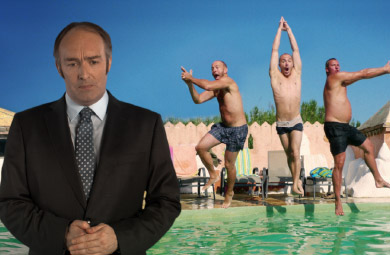
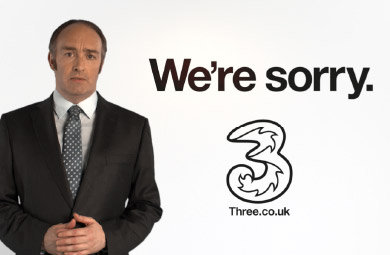
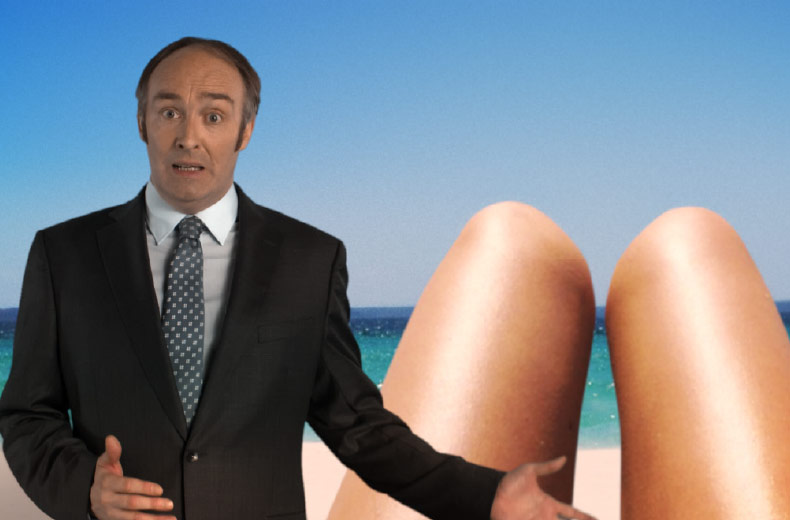
To promote its new product for men, Nivea launched an online campaign of Life Hacks (clever cheats and tricks to overcome everyday problems). A series of 20 second vignettes aimed at men, were released on the brand’s YouTube page. This included ironing a shirt or storing smelly trainers in the freezer to eliminate odours.
Agency: Stack, London
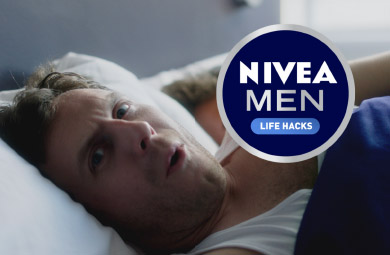
Pets at Home launched a new ad made up of crowdsourced videos of people’s pets. Ahead of the launch, the public were asked to upload their pet videos to social media sites with the hashtag #mypetmoment. Over 13,000 were uploaded and the best became part of the ad.
Agency: krow communications, London
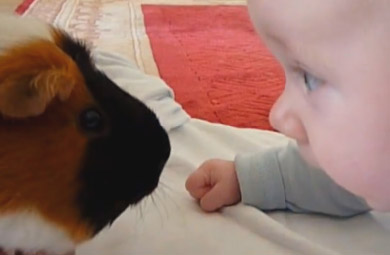
As Talk Talk looked to sponsor the XFactor for another year, the telecoms company released an app, called Mix-Off, allowing users to create music videos of themselves singing. The best fan footage become part of the TV idents that aired during the show.
Agency: The&Partnership London, London
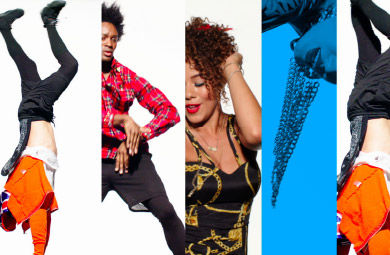
Looks like you need to create a Creativebrief account to perform this action.
Create account Sign inLooks like you need to create a Creativebrief account to perform this action.
Create account Sign in